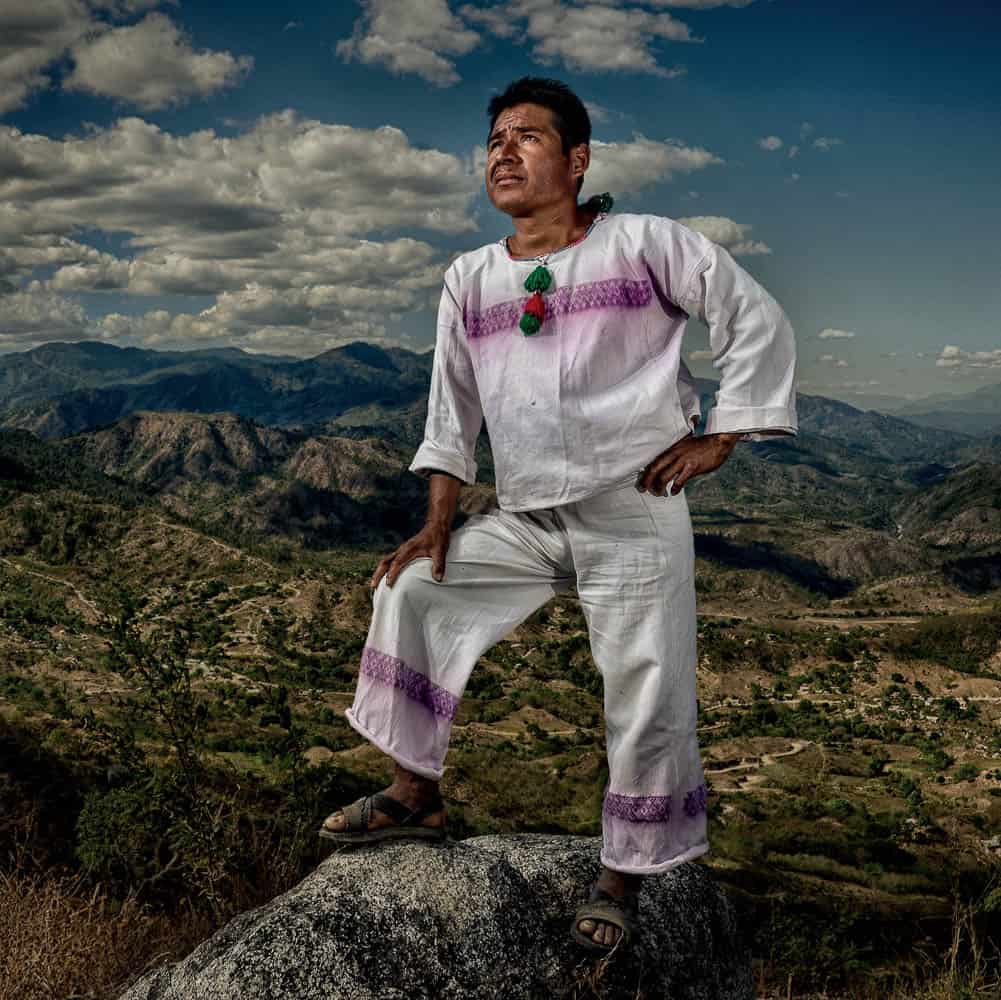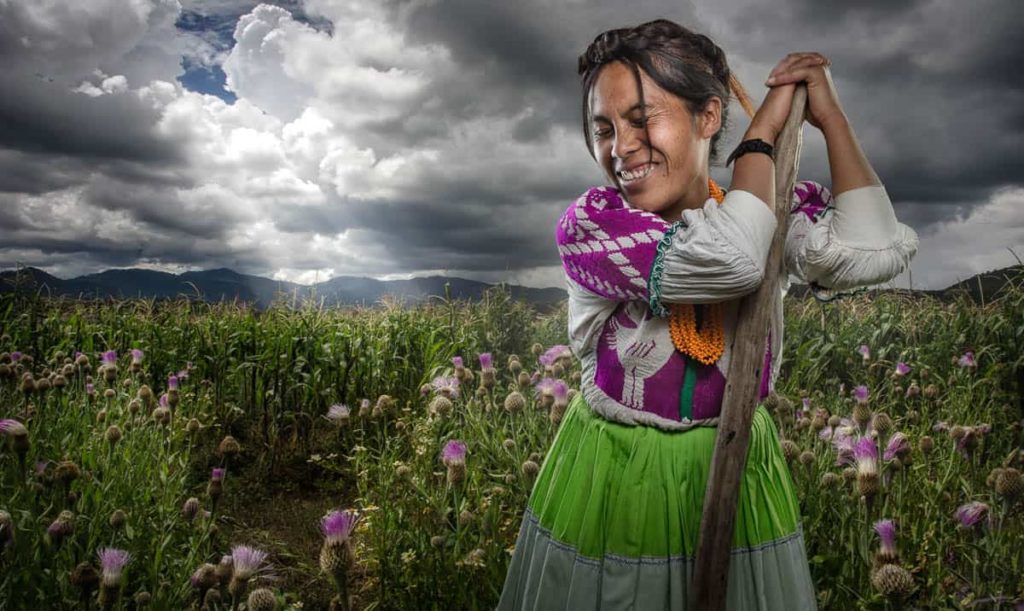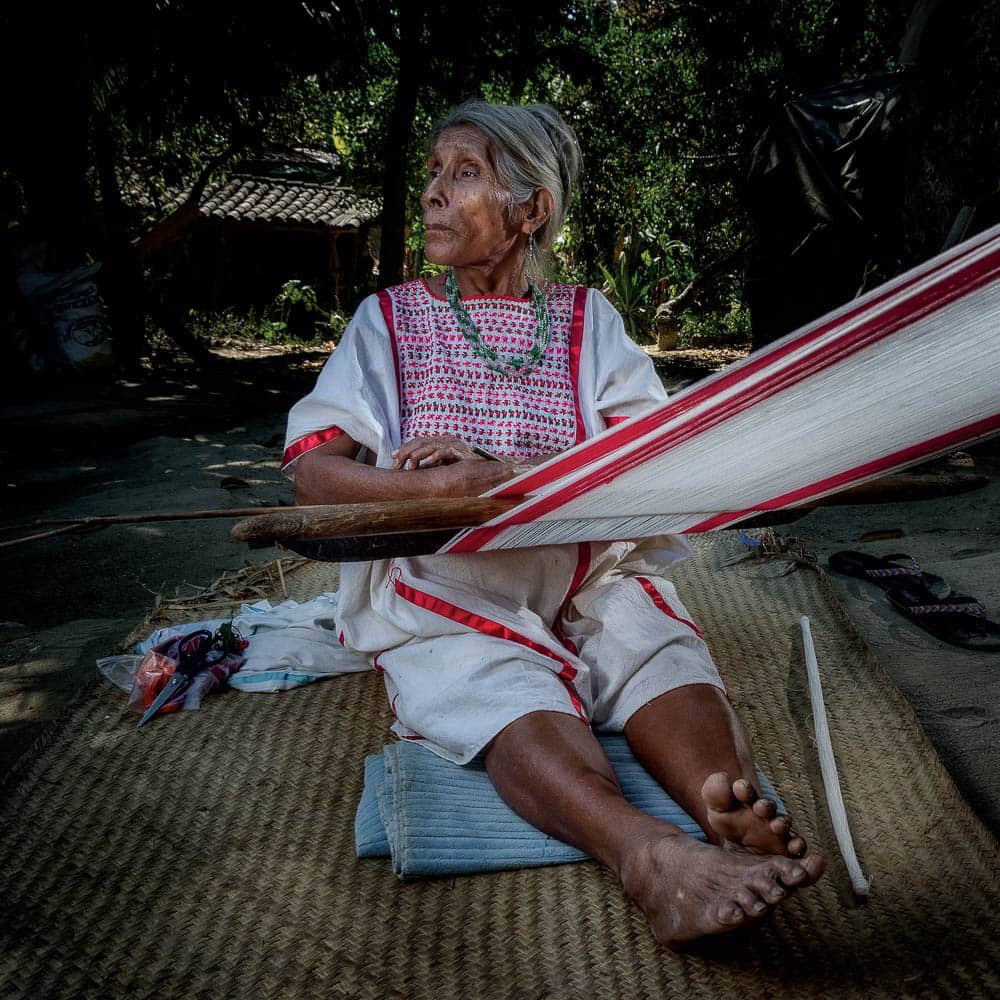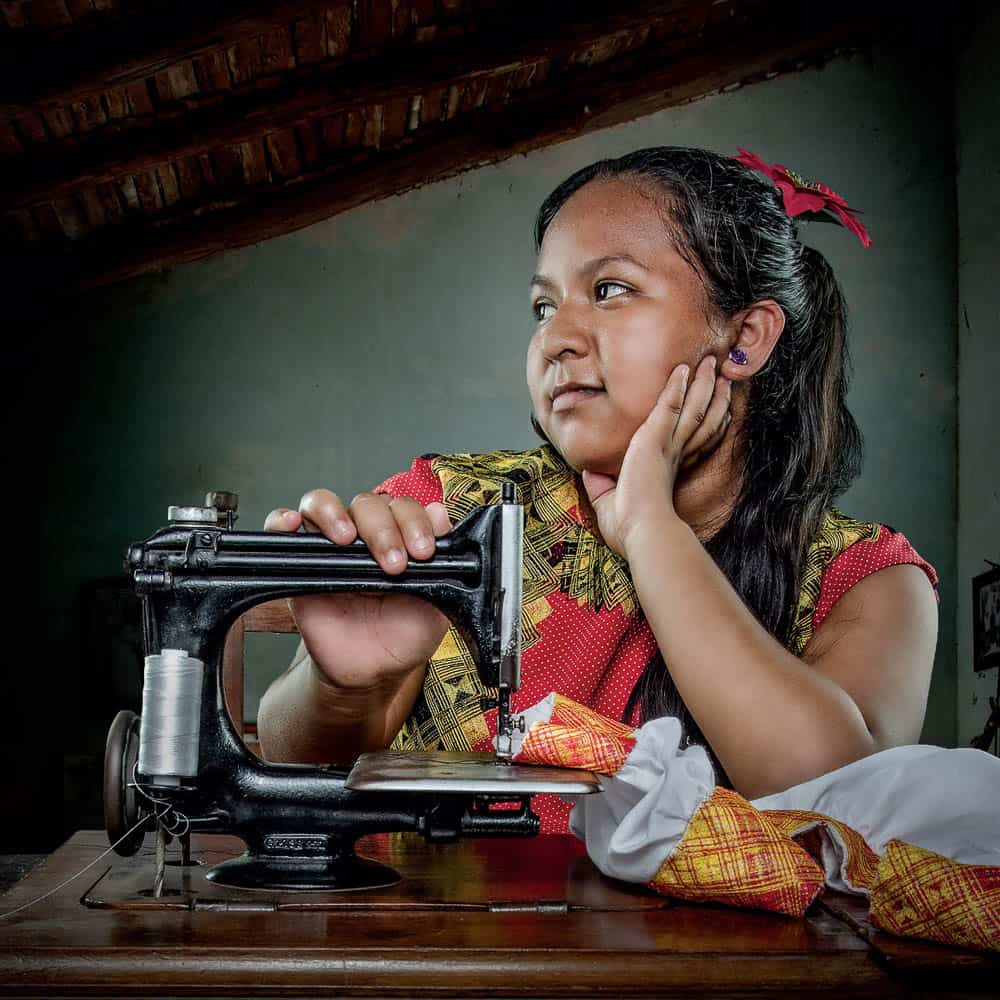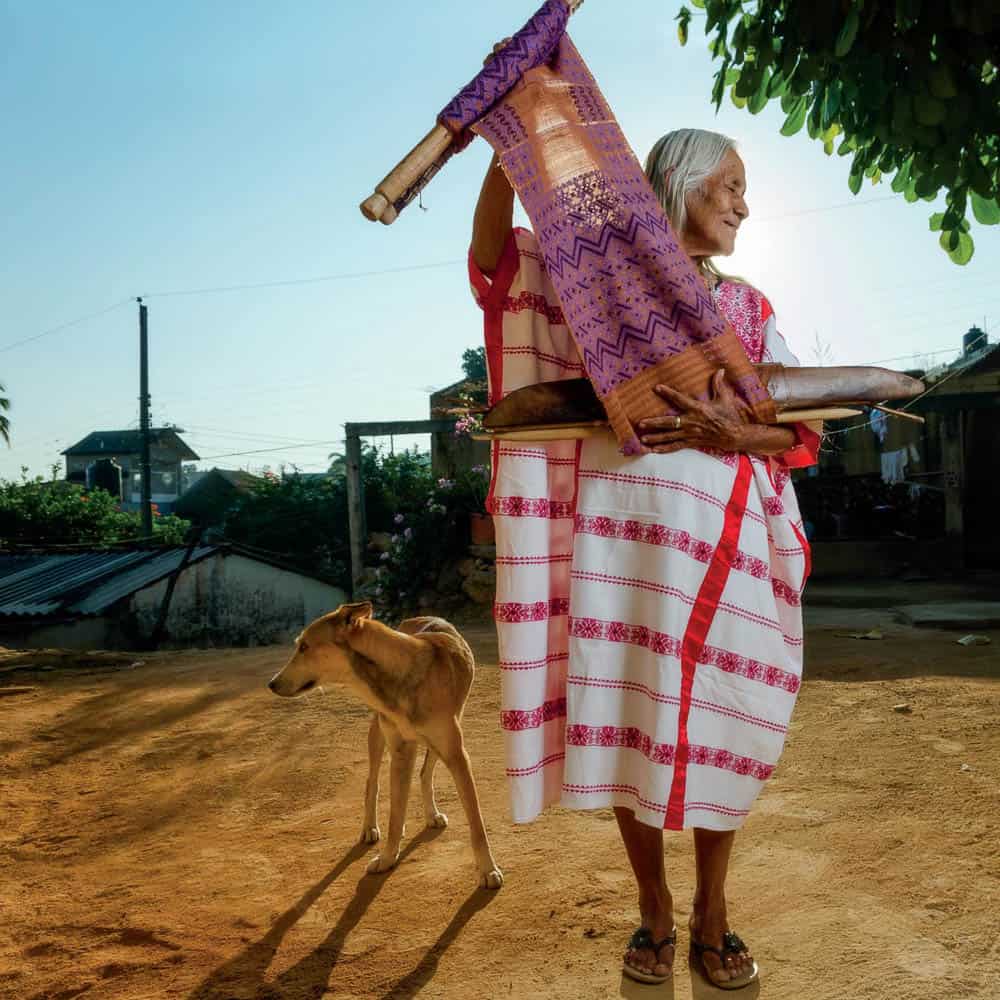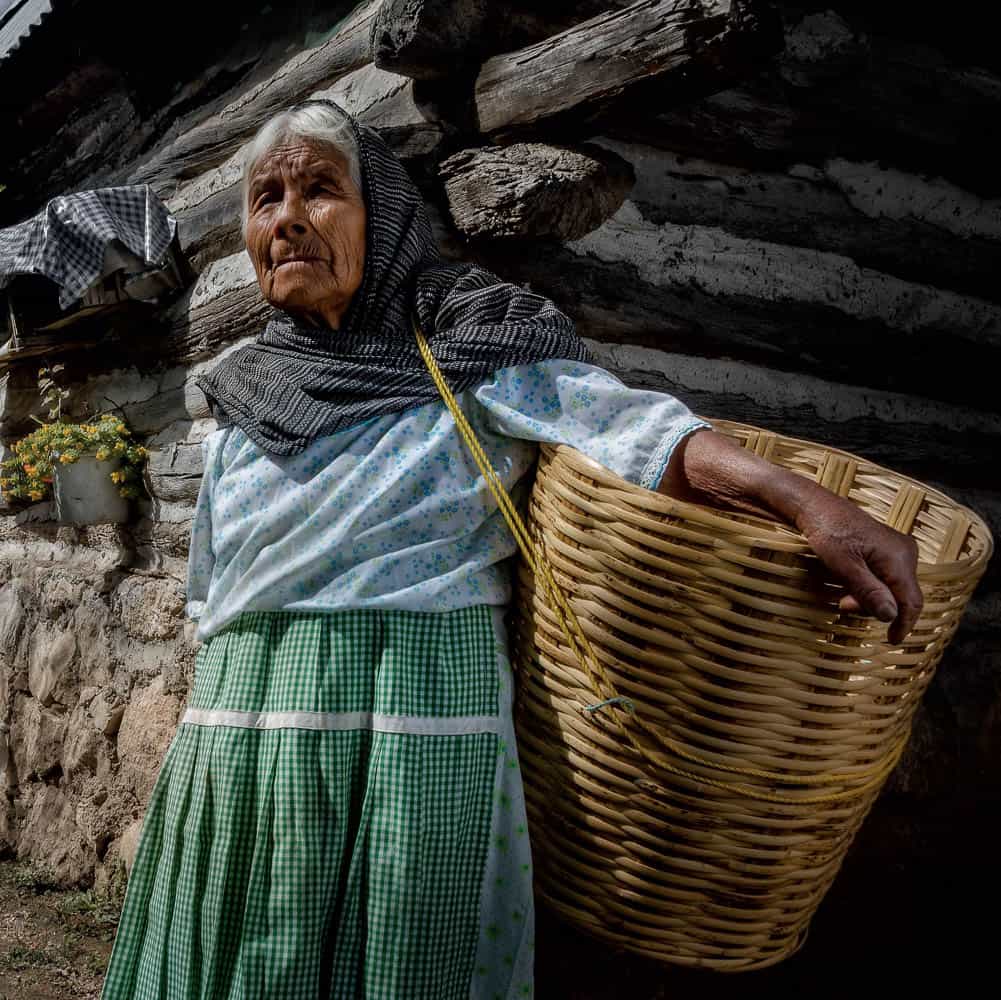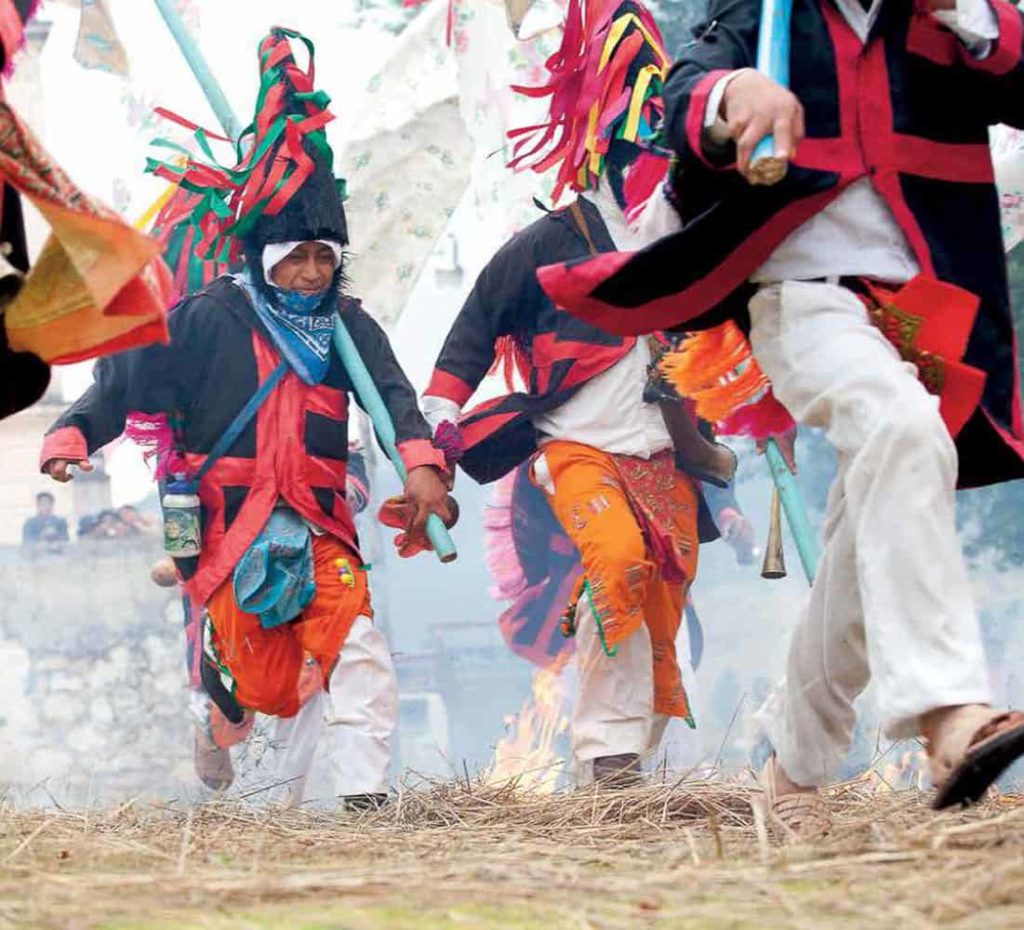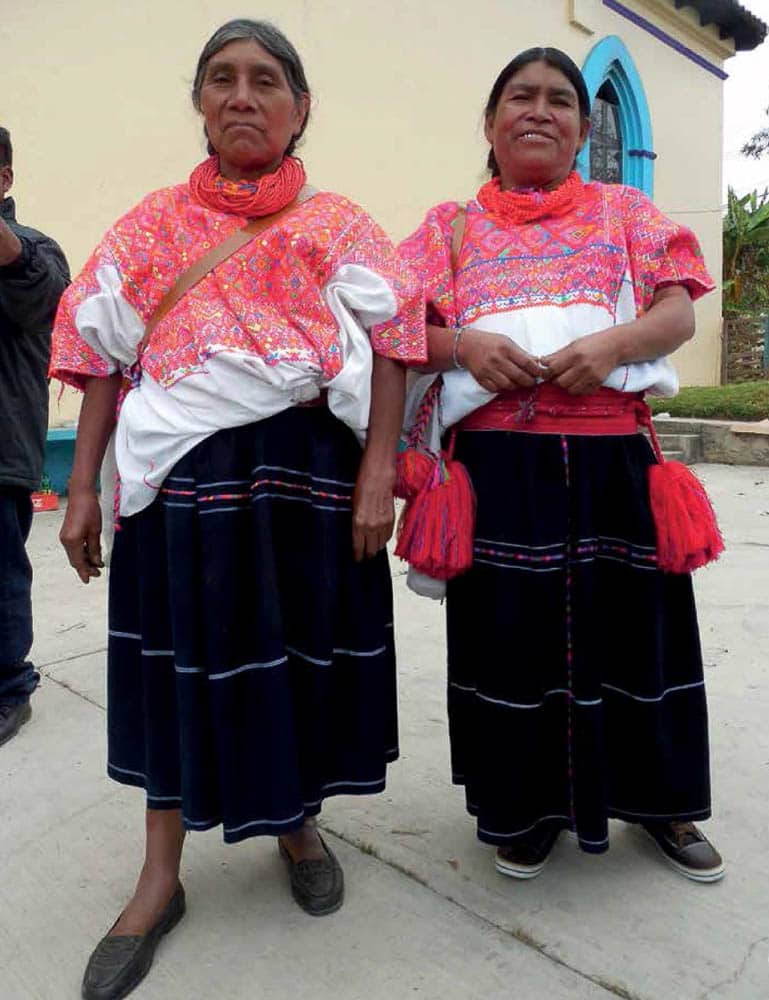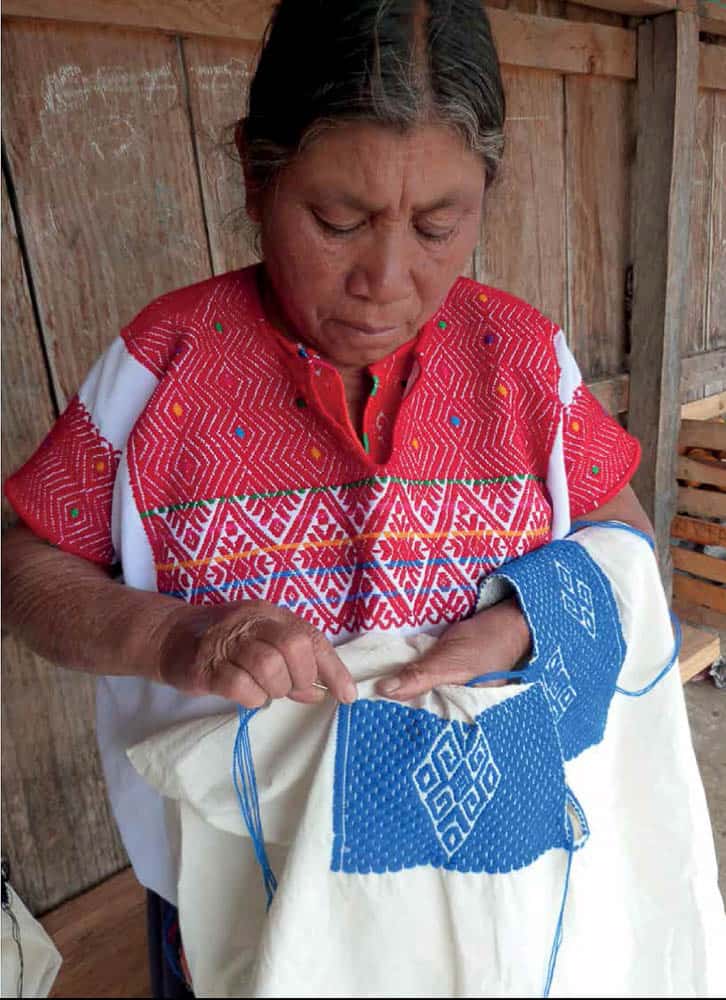- Ronato quiroz, Ixtayutla
- Juana Bautista Garcia
- Sofia Ojeda
- Virginia Hernandez
- Hernandez Family
- Erlinda Mateos Ramero
- Rufina Perez
- Maria Jiminez
- Josefina Sebastian Tomas
I’ve chosen to review these books together as they tell similar but different stories, almost like siblings who grew up in the same house but have different memories of childhood.
Oaxaca and Chiapas are adjacent states in southern Mexico. Chiapas are the ancient lands of the Mayan culture and Oaxaca the traditional home of the Zapotec and Mixtec people groups.
Oaxaca Stories in Cloth, written by Eric Sebastian Mindling is, as the subtitle states, a book about people, belonging, identity and adornment. Mindling, a photographer, writer, tour guide, and researcher of indigenous pottery and textiles, has lived in Oaxaca for over two decades, travelling over back-country and dusty roads to gain an intimate knowledge and understanding of the Zapotec and Mixtec people of this mountainous region of southern Mexico.
Mindling has a special way of recording the textile culture of the region. Rather than looking at the textiles itself, he considers the people who make, wear and use these fabrics in their everyday life. This includes people of all ages, genders, economic standings and social status.
As Martin Prechtel says in his forward, “In the end, it is not the land and the way people live in their beloved land that makes them indigenous, but the way the land lives inside the people, the way the land, the animals, the houses, ravines, trees, rivers, weather, food, tools, fire, and the history live inside the people’s bodies and dreaming souls that push the woven flowers onto their clothing and the old flowering fire of spoken metaphor into the younger tongue.”
This book is a collection of stories about people. Mindling divided the stories into two parts. Part I, Living Threads tells the stories of people in villages like Laguna Guadalupe and Santiago Ixtayutla where multiple generations—toddlers, mothers and grandmothers—dress in community fashion every day. Part II, The Last Generation tells the stories of villages where only the elderly continue to wear the clothes of their communal heritage. It is most likely that these traditions will die along with this generation.
Part I and II have 35 and 36 different stories, respectively, of personal encounters Mindling had with people in different villages. Personal stories placing the clothes, fashion, embroidery and textiles into the context of the people whose lives, hopes and dreams reside here.
Mindling has an innate ability to relate, communicate and understand the people he meets along the way. His photography of the people, the villages and the surrounding mountains tells a thousand extra stories of isolation, difficult circumstances and challenges presented by the landscape. These villages are so isolated that even neighbouring communities have completely different languages, customs, textiles and ceremonies. Each story, as the textiles in the story, is unique.
- Spider monkeys
- Magdalenas Girls
- Ceremonial Huipiles
- Chenalho
- Magdalene
- San Andres
- Los Lotes
- Chamulan
- Religious Officials
- Tojolabal
Maya Threads: A woven history of the Chiapas by Walter F. (Chip) Morris Jr and Carol Karasik, photography by Janet Schwartz
“This book isn’t about fashion per se but how a culture preserves traditions, adopts new ideas, and adapts to changing times. Throughout their turbulent history, the Maya have clung to tradition while riding the waves of change. This remarkable resilience has guaranteed their survival, and nowhere is their success clearer that in their beautiful and diverse costumes.” Chip Morris
Morris has lived in Chiapas for almost four decades. He speaks Tzotzil Maya, one of seven Mayan languages spoken in Chiapas and has an innate knowledge of the culture, textile history and linguistics of the region. He has written several books on the Mayan culture and has been actively involved in initiatives to support artisans and to preserve the Mayan history.
This book is an overview of the history, meaning and evolution of Mayan textiles. It opens with background stories and history of ancient Maya, looking at some of the symbols, designs and emblems appearing in historical tablets, woven textiles and images.
As opposed to the Oaxaca book, this one shares detailed explanations and technical descriptions of the textiles itself. It is interwoven with legends and stories to give it context and to add depth and relevance to the symbols, designs and patterns found on the textiles.
The photographs include close-ups of textiles, patterns and process, depicting techniques and tools.
Chip and Carol’s extensive knowledge of the textiles as well as the history and legends of the Mayan culture is evident throughout the book. The multiple illustrations and imagery depict their obvious love for both the ancient and the living culture of this region.
Although both books are about people, textiles and stories from southern Mexico, their approach to it is as different as the Maya and Mixtec people. Abundant colour, intricate weaving techniques, and personal stories abound, but each relating in their own unique way.
Both books are published by Thrums Books based in Colorado, USA. They work to create opportunities that support indigenous textile artisans worldwide and aim to preserve the narrative of traditional textiles and their makers.
As someone who lives on the other side of the world to Mexico and whose only knowledge of these histories, people and textiles are gained through books and stories, I have a deep respect, admiration and gratitude for not only the authors and photographers but the publishers who make these books possible.
Textiles are by nature ephemeral and transient, and as can be seen through these books, are in many cases already extinct or on the brink of extinction. Books like these provide not only a window into the worlds of people we would probably never meet, but it also provides a record and a documentation of cultures, techniques, lifestyles and traditions that will soon be lost.
Oaxaca Stories in Cloth A Book about People, Identity, and Adornment Eric Sebastian Mindling – ISBN: 978-0-9838860-8-2, 280 pages
Maya Threads: A Woven History of Chiapas Walter F. Morris, Jr., Carol Karasik, with photography by Janet Schwartz – ISBN: 978-0-9838860-6-8, 214 pages
Author

Ansie van der Walt is a textile writer and editor currently based in Dubai, United Arab Emirates. She is a regular contributor to several international art and textile publications. Her textile blog, The Fabric Thread, will soon be relaunched as a textile travel blog. Her motto is Talking Textiles – Crafting Community – Stitching Stories.

